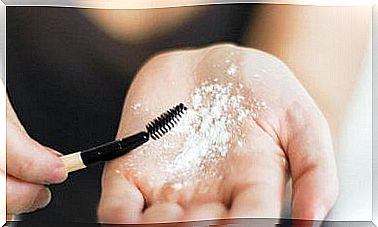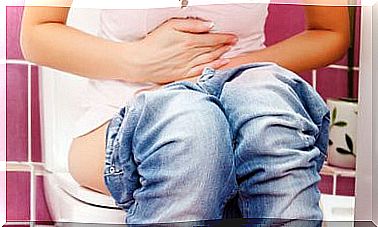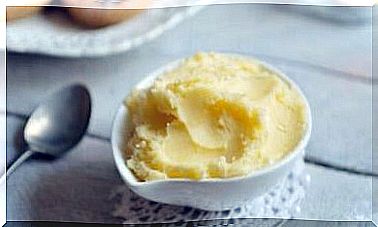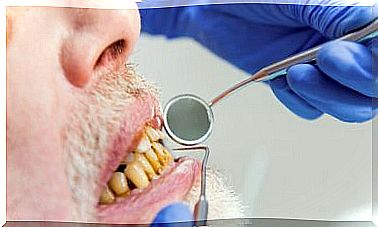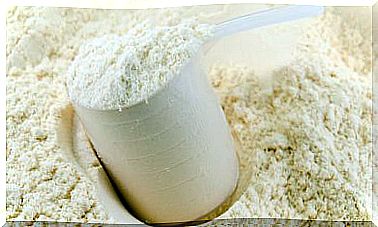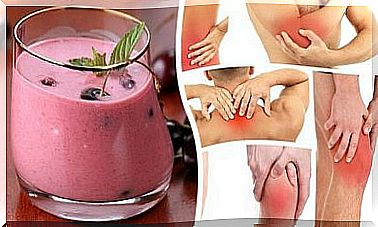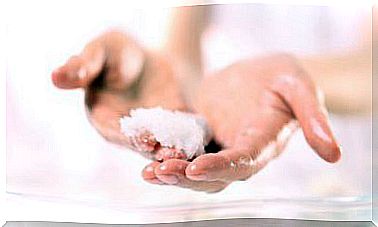Thrombopoietin: Synthesis And Functions
Thrombopoietin is a hormone that performs very important functions in the blood. Without it, the blood coagulation cascade would not be carried out correctly and at the slightest cut we would have large hemorrhages. In the worst case, the patient could die.
Synthesis of thrombopoietin
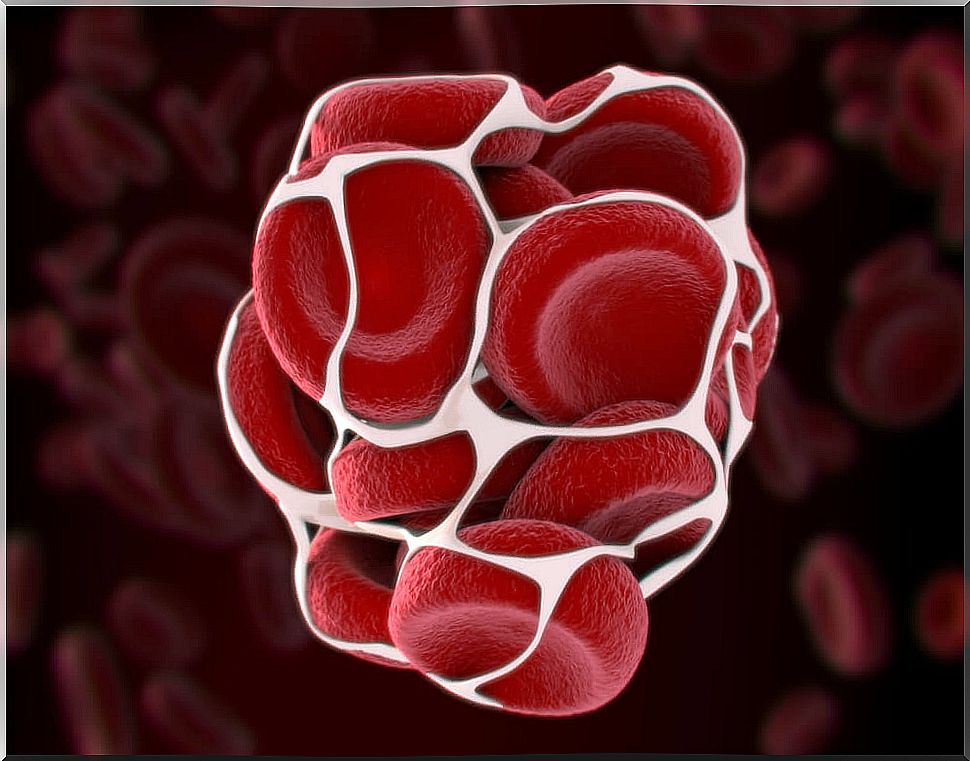
The distribution of thrombopoietin in the body is very wide. According to the latest studies, there are places of primary production where it is always being synthesized, while other organs only produce it under abnormal conditions. Thrombopoietin is produced regularly in:
- The kidneys
- The liver
- Skeletal muscles.
To better understand the mechanism of production, we have to take into account that one of its most important functions is to increase the metabolism of megakaryocytes, precursor cells of platelets.
By stimulating megakaryocytes, platelet formation is accelerated. In the clinic, this explains that in a healthy person the thrombopoietin values are always proportional to those of the platelets.
If more platelets are required in a specific situation, more thrombopoietin will be produced. On the contrary, when platelet levels are not adequate (either because they are in excess or because they have not been formed well), the synthesis process stops.
For example, in patients with systemic inflammatory processes, such as rheumatoid arthritis, inflammatory bowel disease, or infections, elevated levels of platelets can be found.
The daily production of platelets is essential since its average duration does not exceed two weeks.
Functions of thrombopoietin
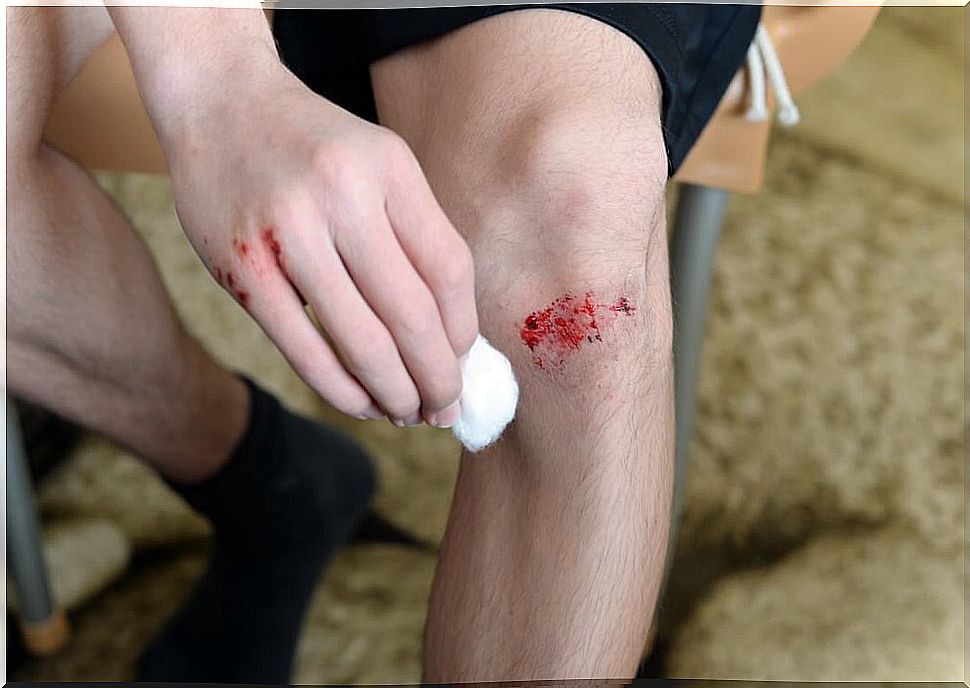
When we injure ourselves, microorganisms can enter and cause an infection. In addition, it is necessary to put in place a series of mechanisms that prevent massive blood loss.
Clot formation solves both problems. The clot is a collection of platelets. Therefore, thrombopoietin is responsible for this process to occur correctly.
We call coagulation the process by which the blood becomes less and less liquid to acquire a gel consistency, initially, and a clot, in the end.
The coagulation cascade is made up of several stages:
- First, the blood vessel responsible for supplying the wound site contracts slightly to prevent blood flow there.
- A protein, prothrombin, is then released and converted into thrombin through a series of chemical reactions.
- Thrombin works together with clotting factors and transforms fibrinogen into fibrin.
- The fibrin is placed in the form of a mesh on the wound and on this network the platelets are deposited to form the clot.
In reality, platelets are cell fragments and do not have a nucleus, so they lack genetic material. They are also called thrombocytes and their production is stimulated by other factors, including thrombopoietin.
Platelets are made from large cells in the bone marrow called megakaryocytes. Thrombopoietin stimulates megakaryocytes to produce platelets in a process called thrombopoiesis.
Alterations in thrombopoietin levels
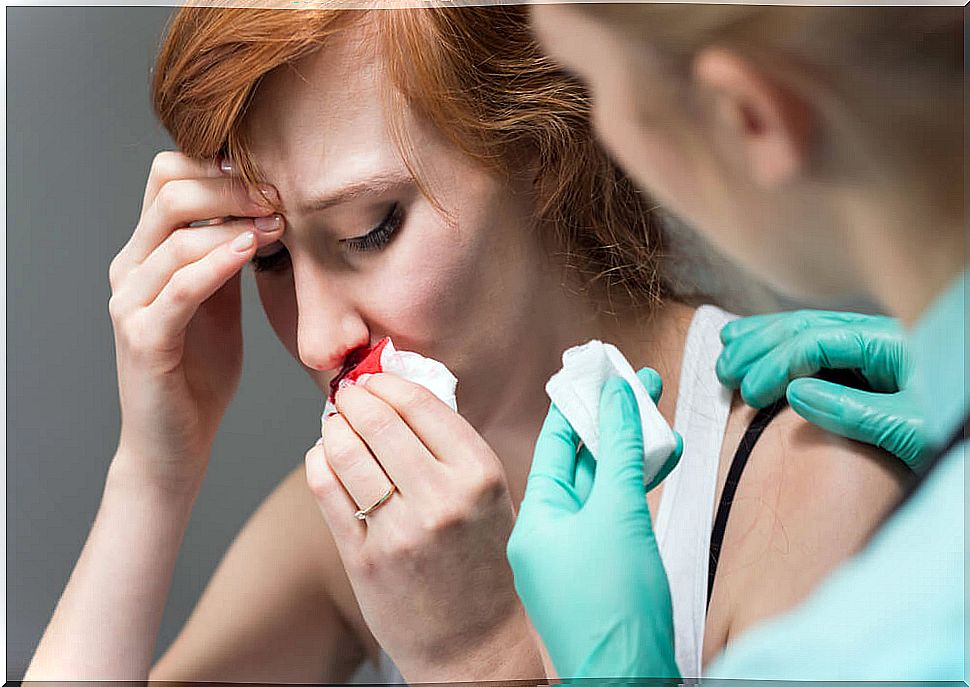
Alterations in thrombopoietin concentration affect platelet levels. If in a blood test the platelet levels are lower or higher compared to the average, there may be a pathological situation.
As a general rule, problems related to the synthesis of thrombopoietin are usually related to liver and kidney disease. Suspecting this type of disease, the medical team performs abdominal ultrasounds or other imaging tests to rule out.
When the level of platelets is higher than normal, a condition of thrombocytosis occurs . In this situation it is possible for internal clots to form without the presence of wounds.
On the contrary, when the level of platelets in the blood is low, abnormal bleeding occurs and the body is not able to plug the wounds, this situation is known under the name of thrombocytopenia.
